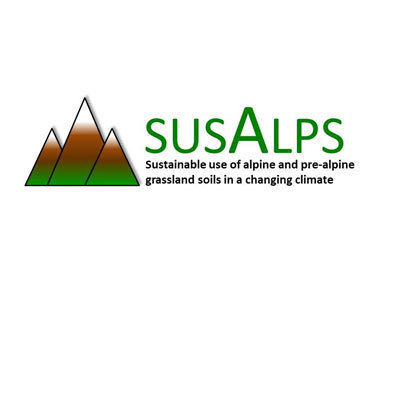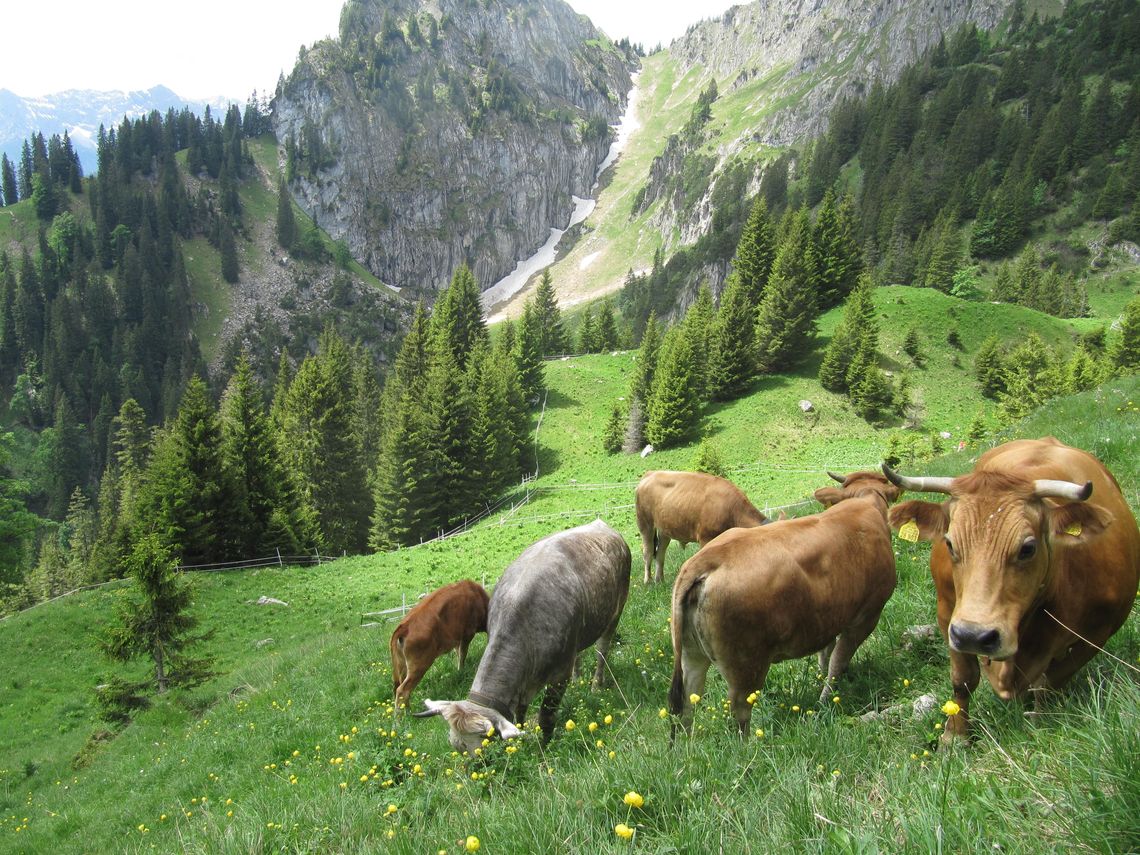Duration:
From Nov 1, 2015 until Jan 31, 2025
Target Groups:
soil research community,
wider research community
About the Project:
How can grassland in the Alps and the foothills of the Alps be used sustainably in the face of climate change? In cooperation with farmers and government institutions, the interdisciplinary SUSALPS consortium developed practical research results from experiments, long-term field studies, remote sensing and modeling.
People and Partners
Project Leaders
Partner Organizations
-
Karlsruhe Institute of Technology (KIT)
-
Julius-Maximilians- University Würzburg (JMU)
Contacts
News
Publications
- Rapid loss of organic carbon and soil structure in mountainous grassland topsoils induced by simulated climate change
- Recreation and its synergies and trade-offs with other ecosystem services of Alpine and pre-Alpine grasslands
- Drought erodes mountain plant community resistance to novel species under a warming climate
- Stable plant community biomass production despite species richness collapse under simulated extreme climate in the European Alps
- Climate change and management intensity alter spatial distribution and abundance of P mineralizing bacteria and arbuscular mycorrhizal fungi in mountainous grassland soils

